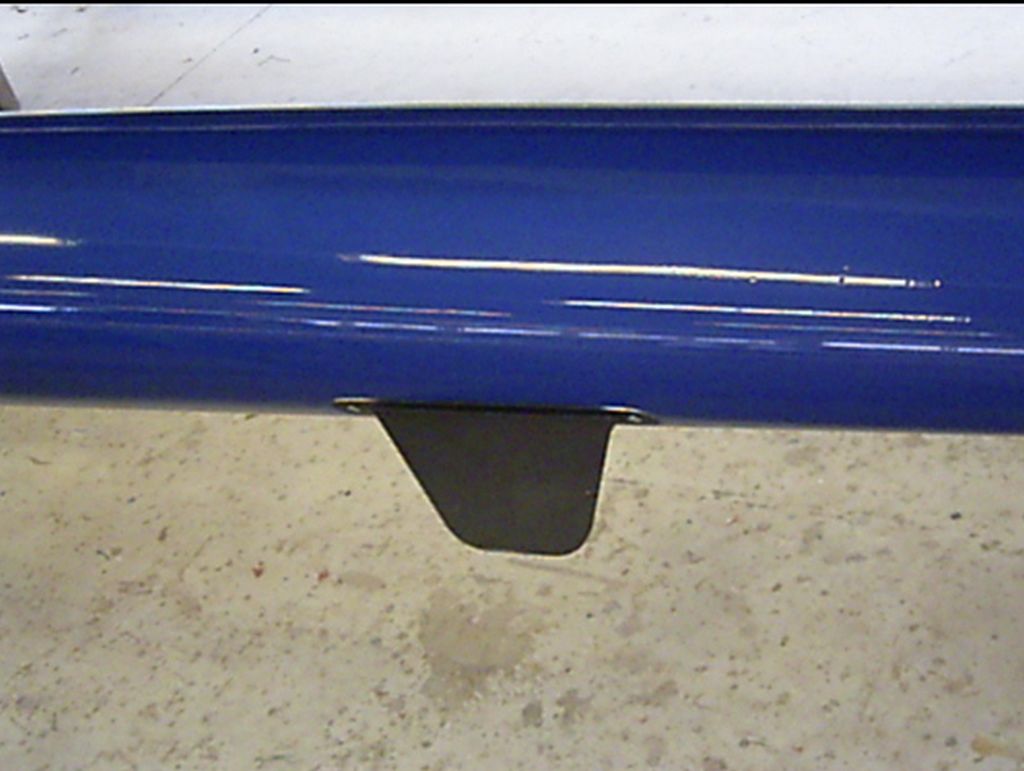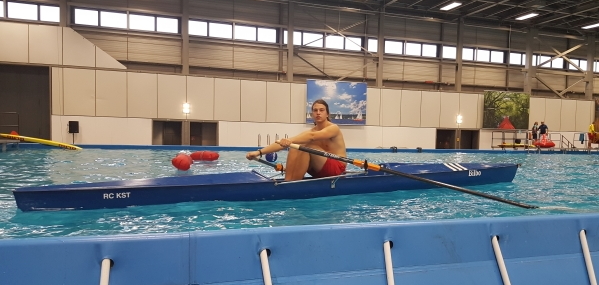What is a gig boat?
By definition, rowing boats are differentiated according to whether they have an outer keel (gig) or a centreboard (racing boat).


For most, however, the difference in the width of the boats is more obvious.
Racing boats are about 33-36 cm wide, gigs between 47 cm and 115 cm.
If you want to row at maximum speed, you need a racing boat. However, he should be able to do that. Racing boats are unstable without a rower, gigs are stable in the water. To be honest, you can capsize with a gig, but it’s a lot harder.
So if you’ve always wanted to try rowing, you belong in a gig and not in a speedboat.
On the other hand, if you rowed a racing boat in your youth, you can continue to do so in old age. Rowing is like riding a bike, you never forget it. However, there are also extremely sporty versions of the gig boats. Anyone who no longer trusts their sense of balance should take a look at the sporty variants of a gig.
Most gig boats can easily be transported on the roof and stowed in the garage. You don’t necessarily have to join a rowing club to row. Due to their length, racing boats are somewhat problematic here.
According to the StVO, a rear overhang of 1.5 m is permitted on the car. In the case of short-distance transport (up to 100 km), an overhang of even 3 m is permitted.








